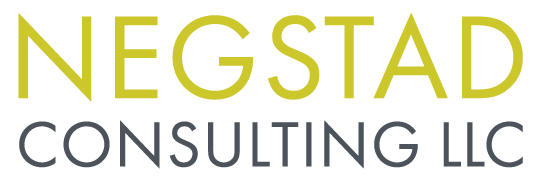5 Minutes on Patterns Rather Than Solutions
The reality is that so many of the problems we face today are unsolvable. There is too much we don’t and can’t know.
What are we to do? There is certainly no lack of problems.
Let’s explore what it means to find patterns rather than solve problems.
We’re going to use the example of organizational structure to help us examine how and why we find patterns when we perceive there is a problem.
Let’s say we have noticed that there is too much siloing of work between teams or departments and we want to foster more collaboration across the organization.
Perceived Problem: Too much siloing of work between teams or departments.
Often we think we can solve the problem by re-organizing. We rewrite job descriptions, rework departments, we might even get really creative and hire a collaboration coordinator.
Potential Solutions: Rewrite job descriptions, rework departments, hire a collaboration coordinator.
Yes, at some point, we need to get to the “nitty-gritty” details of job roles and responsibilities.
But we miss an opportunity if we go there too soon. When we fix a complex problem with a straightforward solution we can miss so much rich information.
So instead, of jumping to solutions, what we can do is start by looking for patterns.
Pause.
We dig deeper into HOW to find the patterns HERE, but here are a few examples of patterns we might notice when we begin to look at the issue of siloing in an organization.
Pattern Finding:
Some roles need to be able to zoom in and zoom out.
They need to be able to work at a very localized, individualized level, such as counseling an individual or understanding the needs of one particular neighborhood.
But they also need to be able to see and understand the broader context, such as the structural racism at play or the impact of state policies.
Other times, roles need to be able to zoom in to a specific work topic and zoom out to the overall strategic direction of the organization.
There is a shifting balance between relationship and efficiency.
There are times we need to focus more on relationships, on our team and between teams, at the expense of efficiency and time.
And there are other times we can and want to streamline processes for efficiency.
Knowing when and where to shift the balance towards relationship or efficiency can help both collaboration and productivity.
On our team we might find patterns between collaboration and delegation.
What needs an expanded, collective approach because it’s really complex?
What can be handled by or delegated to an individual team member or two because it involves less complexity?
These are just a few examples of patterns you might find when you start looking.
We might have missed them completely if we’d jumped to solutions and started reorganizing our team.
We the example a step farther HERE using the Pattern Spotters tool created by the Human Systems Dynamics Institute. You can download it HERE if you want a sneak peak.
What situations come to mind for you where finding a pattern might be useful? Where has a solution to a problem eluded you?

